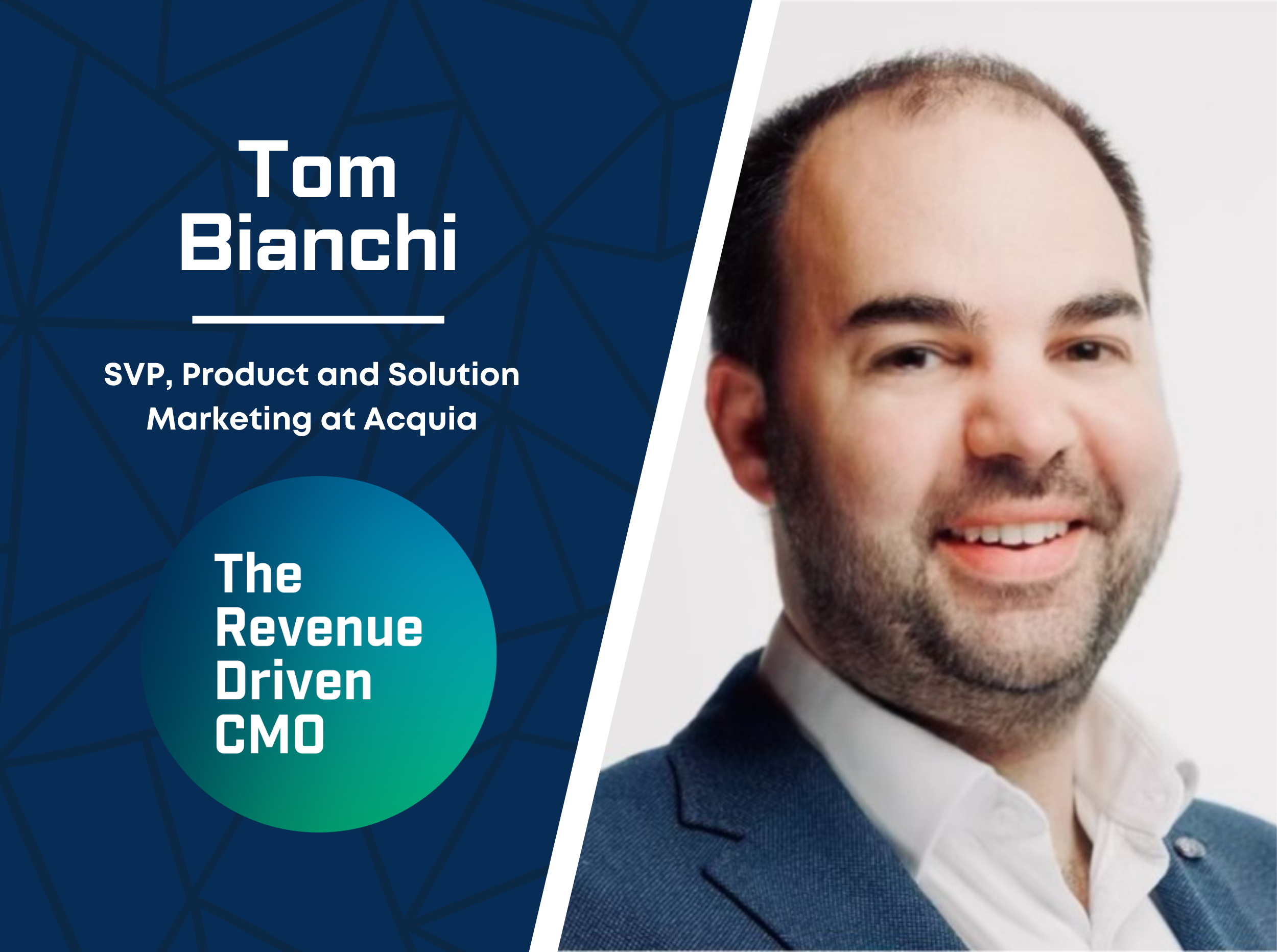
Using Conversational AI In Your Funnel
Marketers are trying to up their game, but their old tricks aren’t working. Even emulating competitors is leading to dismal results.
What they need is something entirely new. Something no one has tried before.
Digital marketing pioneer, Jason Goldsmith, joined WebMechanix CEO, Chris Mechanic, on the Performance Marketing Insiders podcast to emphasize the importance of embracing new technologies.
Book a 30 minute call
Reserve 30 minutes with a strategist and get 30 hours worth of value.
As an entrepreneur with three successful exits, Jason knows a thing or two about the value of experimentation and how pouncing on new opportunities yields dividends in the long run.
Below, we’ll explain his mantra of staying ahead of the curve, discuss the opportunities he sees to use conversational AI to your advantage, and how to spot other new technologies worth pursuing.
Stay ahead of the curve
As a marketer, the name of the game is to stay ahead of the curve.
You must constantly think about the next thing you can create that provides value. And often, that value is in places that aren’t saturated.
Knowing how to strategically operate where the opportunity is is a learned skill, and Jason is living proof that it’s possible.
Years ago, he started a business similar to Lending Tree, helping banks compete on the internet. At that time, the marketing play was direct mail. But it was completely saturated.
So he jumped on the opportunity. By tackling the new online ad business head-on, Jason began generating leads at $3 and then selling them exclusively for $10.
When he sold the business in 2003, ads were becoming more mainstream — that same lead cost $28. But since he’d built up the business and developed trust with his customers, they were able to sell that same lead for $45. He’d been doing this since before the market had even developed.
He advises, “I see a lot of marketers making the mistake of thinking it’s better to get into a market that’s already established because there are plenty of potential customers. But that also means more competition.
Having green fields in front of you is my marketing secret. And if you’re late to the party, it’s really hard to catch up.”
Avoid the “law of shitty click-throughs” with conversational AI
Eventually, all marketing strategies will erode to a point where they don’t work anymore. While there’s always opportunity to excel in established verticals, the key is being able to deliver the next best thing.
So where is the opportunity today? Lead generation.
As a buyer, it’s becoming harder and harder to parse the garbage — marketers need to work harder to improve lead quality and the customer experience.
It can feel like you’ve exhausted your options. I mean, you might already be spending hours upon hours trying to optimize your funnels every day. But you’re missing out on a critical opportunity: conversational AI, chatGPT, and other new technology.
Let’s look at this through a macro lens.
Over the last three years, marketers’ biggest pain point has been contact rates.
Before robodialing, leads would come in through a form, sales call them back within minutes, and most times, they would answer. It wasn’t such a great experience for the customer, but it was for the marketer.
That’s changed. Now, people rarely pick up their phones. We’re reliant on carriers who change their terms on a whim. And on the backend, we have trouble tracking where our data is coming from — there’s no clear path.
To make sales calls happen, marketers need to build a better mouse trap. They need to create value for their leads, and that’s where conversational AI comes into play.
A “smart funnel” can boost engagement to the point where leads are more likely to pick up your calls or click to call you. And if you can do that, you’ll get a better contact rate and, ultimately, a better conversion rate.
So it’s not about optimizing your scripts or your funnel strategy. Instead, it’s about redesigning it with the latest technology to gain the greatest ROI.
Where to implement AI
AI can work in several prongs of your marketing strategy, but here are three easy places to start:
- Ad-level: Use software like Symphony 42 to display ads with CTAs that prompt the consumer to express interest in a product or service through a SMS message or a call. This starts a conversational AI session where the consumer believes they are chatting with a human. In reality, they are talking to a virtual agent that determines lead interest and qualification.
No matter how hard you train your team, no one will deliver a script and score a lead the exact same way. But with conversational AI, it’s possible to deliver an optimized, standardized experience. - Emails: A lot of consumers don’t want the hassle of talking to a human. So why make them do it? Continue the conversation via email and implement conversational AI to score the lead and transfer it to the right rep if it makes sense. And because the consumer doesn’t feel like you’re hard-selling them and is more likely to speak with the rep.
- Content: If you have a consumer-facing brand, you’ve got to write a ton of SEO content or pay someone to do it for you. Organic search is a big part of the equation. In the not-so-distant future, chatGPT will be able to write and publish articles with very little prompting, skyrocketing the amount of content you can produce.
How to get conversational AI buy-in
Most people see conversational AI as a form of cost-savings. You’re getting rid of a human. And, of course, you can frame it that way.
But what if you also pointed out how helpful it is to the marketer and to the business at large. Through a conversational AI platform, you can not only drive a better customer experience but drive revenue as well.
It takes some upfront work: writing the AI script, testing it, and building out your decision tree. But it will be worth the conversion rates, and it can lead to inspiration for building AI into other parts of your funnel.
The important part is to hop on this train now. Without an AI-assisted experience, you will be well behind the herd in a few years.
How to look for the next big thing (after AI)
If Jason taught us anything in his interview, it’s that marketers need to be a leader, not a follower. But how does that happen in practice?
Jason gave us a few hints:
- Start by identifying areas where there’s a large need. A good indicator is that people in your network constantly bring up the same problem. You might see that early-stage startups have emerged to solve this problem, and they’ve already raised money. So the idea has institutional backing.
- Ask yourself how you can apply it to your business and A/B test the heck out of it. Marketers should reserve budget for this kind of experimentation.
- Once you’re operationalizing it, get really good at BizDev. Forming partnerships with other companies and building relationships with fantastic customers who can act as influencers for your product are all things you can consider. Especially if you can demonstrate how it will benefit them and their brand.
Now, this may feel like a pretty vague set of instructions. And that’s because there really is no roadmap. You may step on some landmines, and those lessons can be expensive. But rising to the occasion and overcoming the challenge just makes you stronger — as a marketer and as a person.
Jason says, “To a lot of people, this methodology may be counterintuitive. But I prefer to be the one out in front, making the first mistakes and breaking things. You get to where you need to go faster.”
Don’t play catch up
The bottom line: You don’t want to be in a situation where you’re playing catch up. Making a habit of trying out new technology, identifying whitespace, and creating opportunities for yourself and your team should be every marketer’s objective.
You never know what might launch the company into a whole new stratosphere, and it’s better to be ahead of the competition than behind it.
And we’ve already given you a place to start: Conversational AI. Finding the best ways to incorporate cutting-edge AI technology into your customer experience can not only get and keep you ahead of the curve — it can save money and boost revenue in the process.
Find out more about how Jason started and sold not one, not two, but three companies in his episode of the Performance Marketing Insiders podcast.
Want more advice for scaling up your marketing function? Listen to past interviews with our in-house marketing experts and join us at our next monthly Growth Clinic.
Most newsletters suck...
So while we technically have to call this a daily newsletter so people know what it is, it's anything but.
You won't find any 'industry standards' or 'guru best practices' here - only the real stuff that actually moves the needle.







